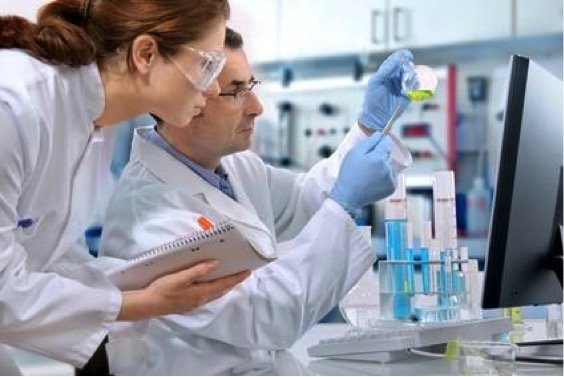Choosing the Right Body Sample for a Drug Test
Drug use can have an adverse effect on students and working employees. Drug addicts are likely to change jobs frequently than non-substance users. They are also prone to workplace accidents, and are tend to be less productive. Drug users are found to be inconsistent in their daily activities, like toggling between home and work, making a presentation, and other such activities.
The government has taken stringent measures to tackle this issue, most workplaces and even schools have started conducting random drug tests. This is not to punish the guilty, but is intended to identify drug-users and help them overcome their addiction.
Drug tests are conducted using hair, blood, or urine samples. Most commonly screened drugs, include amphetamine, methamphetamine, marijuana, cocaine, methadone, opiates, and phencyclidine.

Medical screening and legal testing
Medical screening is the best solution to determine the kind of drug or the combination of drugs used. This helps in administering proper medical treatment to drug users. Your body’s response to a particular drug determines its effect on you.
Even the combination of drugs that was consumed is taken into consideration. A drug consumed along with ethanol can prove to be potentially dangerous. The consumption of Ecstasy or Molly causes the central nervous systems (CNS) depression; the same when consumed along with ethanol causes two CNS depressants in your system.
Legal or forensic testing is used to detect and stop the use of illegal and banned drugs. The procedure is conducted in a strictly controlled environment, even your samples are secured with a tamper-proof seal. It’s documented in such a manner to maintain a legal chain of custody. It’s tested on people, who are convicted of illegal drug usage, and to inspect drug usage involved in accidents.
Dope testing in sports
Doping is the usage of drugs to promote muscle growth, enhance strength, and performance in sports. Sports testing in national and international events are well organized, unlike local level sports. Athletes are solely responsible for any banned substance detected in their tests. Except for caffeine, all other drugs detected in any quantity are prohibited for the athletes.
Some of the substances are difficult to detect because the same drug is produced naturally in your body. Anabolic steroids and peptide hormones are some of the supplemental compounds that are difficult to distinguish from endogenous hormones produced in the body. Tests are conducted frequently on athletes during training season after the competitions and on all winners.
Body samples that reveal drug usage
Particular purpose requires a different type of sampling. Saliva is used to test insurance applicants for drug use, while hair sampling is used instead of urine tests in accident testing. A blood test is usually used to detect alcohol content in individuals.
Urine test and its types
A urine test is a quick and painless way to find drug abuse. It usually screens opioids, alcohol, amphetamines, marijuana, PCP, and cocaine. Immunoassay and gas chromatography or mass spectrometry (GC/MS) are the two types of urine test used to detect drugs.
Immunoassay yields quick results and proves to be cost-effective. Its result might prove you positive for a drug, in reality that might not be true. Furthermore, it fails to detect opioids (narcotics). Chromatography is more costly and takes longer than immunoassay. Rarely does it produce a false positive result.
Oral fluid and hair tests
Opiate, amphetamine substances, cannabis, cocaine, and metabolites can be detected using oral fluid or saliva test. Since drugs don’t stay in oral fluids for a longer time it helps only to determine the drugs that were currently used. Hair test provides a detailed drug-use history for as far as 90 days. Though it provides the evidence of a specific drug, it fails to trace the current impairment. It can’t be used to detect alcohol use.
Always stay positive, and never be afraid to say “no.” Connecting with good friends, and avoiding negative peer pressure both at school and the work place will help you stay away from drugs. In case of any accidental drug intake, never hesitate to go for a drug test or seek medical attention.
More to Read:
Previous Posts:


